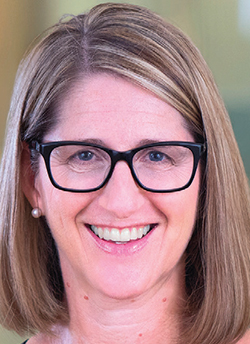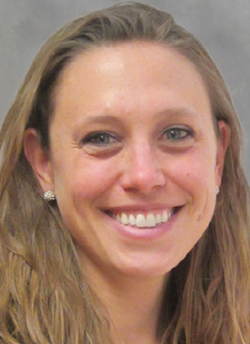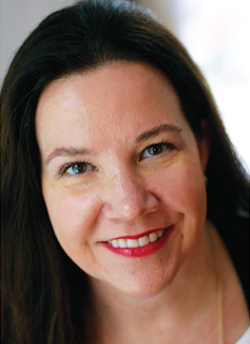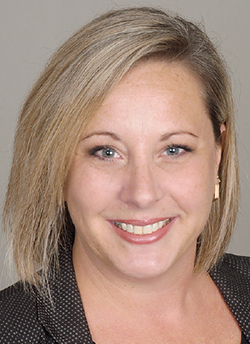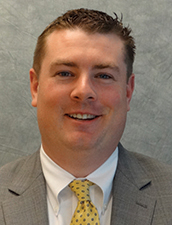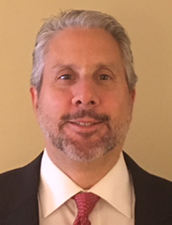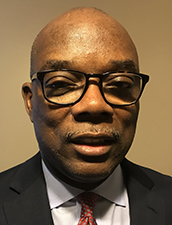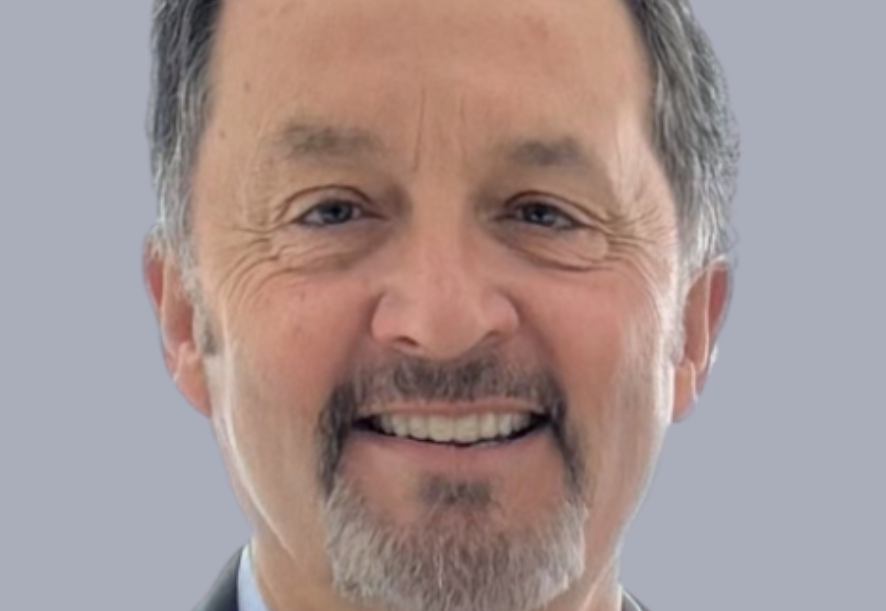The 2019 Workers’ Compensation Power Brokers
Zach Brown, Partner, Orion Risk Management
By all accounts, Zach Brown is a force to be reckoned with. Brown has been a part of the insurance industry only three short years. But in that time, he has established himself and cemented a reputation as a next-level broker — one who will move mountains to help his clients.
Just one example of how Brown works differently involves a manufacturing client in the unfortunate position of needing to lay off more than 100 of its employees. For many employers, that means a sudden spike in post-termination claims.
But Brown’s team reached out to another client, a staffing agency, to connect with those exiting employees. The staffing agency had representatives at the doors of the other client on the day of the layoffs.
They were able to place between 80 and 90 percent of the employees, many without missing a single day of work. No post-termination claims were filed.
“This is a perfect example of how Zach and his team believe in not only providing unmatched, superior results, but they believe in caring for their clients. It’s more than insurance to Zach — it’s about being a resource, a problem solver, and ultimately, it’s about doing the right thing,” said Hayley Brown, vice president of client relations, Platinum Reporters & Interpreters, adding, “He works days, nights, weekends, and if there were other available time, he’d work then, too.”
“He is active on social media and understands that the insurance world is changing. He is a glowing example of how millennials will change the way the insurance world will operate.”
Read more: Meet Zach Brown: A Broker With a ‘Get It Done’ Attitude
Karen English, Senior Vice President, Spring Consulting Group
According to surveys led by Karen English and her team, one of the key advantages of integrated disability management (IDM) programs is improved employee experience and satisfaction.
Given the industry’s current focus on advocacy and the injured worker experience, it makes sense that IDM is an increasingly important area of focus. English places special emphasis on leveraging data to help companies realize this improved experience.
Recently, English worked to help a carrier improve its absence management product, leveraging benchmarking data and extensive research. She also helped two of her clients design integrated disability, workers’ compensation and FMLA/absence programs that would enhance the employee experience, and ultimately achieve actual savings in the millions.
But in order to make it happen, she had to help them prepare the financial business cases that would resonate for all stakeholders at all levels of the company.
English built specific, detailed models illustrating the “soft” benefits for the employee and manager experience as well as the “hard dollar” advantages for the company.
Each model was highly customized for the clients’ culture and operating strategies and included benchmarks and hard figures illustrating impacts in productivity hours, legal costs, direct program costs, short-term disability durations, return to work rates and more.
“[Karen’s team] was very professional and took the time to truly understand our business and what we needed,” said the claims manager of a large utility company.
Jill Jeske, Vice President, Aon
A large farm supply distribution business was interested in retaining some of its own workers’ comp risk coming off of a guaranteed-cost workers’ comp program. But the deductible the company had in mind was significantly lower than the deductible the carrier wanted to see.
Recognizing the gap might be too wide to reach a mutually acceptable middle ground, Aon’s Jill Jeske offered an unorthodox solution — a twist on a corridor deductible program. Better known in health insurance circles, the unique corridor deductible Jeske structured drops down after a certain loss threshold is met.
“She has been an outstanding resource,” said the company’s director of risk management and insurance, who noted that her department consists of only herself and one part-time employee. So, she was grateful to have Jeske at her side to sell the unusual deductible plan to leadership.
“Senior management needed her assistance to explain the whole program.” The corridor deductible plan “helps us pay attention to our losses,” she said. “In the long run this saves our company money.” In fact, it saved the client over $300,000 in total cost of risk.
For a supermarket client pursuing a complex merger, Jeske conducted an analysis of both companies’ losses, policy coverage, pricing and program structure, laying out what the combined program would look like. The merger fell through, but Jeske’s work helped secure a 10 percent rate decrease and a reduction in their collateral at renewal.
Carol Murphy, Managing Director, Aon
A longtime client of Carol Murphy’s is in the difficult position of having to close a high number of locations. The company has significant workers’ compensation obligations, and their program was over-collateralized to account for the potential of higher claims volatility in the closing locations.
Murphy was able to alleviate some of the pressure on the company by negotiating a stunning $250 million reduction in collateral.
“It’s not just about how she does the transactional stuff. She’s an elite level of broker. In our organization, we have a lot of change going on, a lot of new exposures,” said the risk management VP for another client, a multinational food service company. “We need somebody who can influence the underwriters.”
His company recently acquired a large hospitality company. Murphy was able to incorporate the new company into the existing workers’ comp program with no increase in collateral, as well as address the more difficult workers’ comp exposures of the acquired company.
“She only acts in the best interests of the client,” the VP added. “She may need to first convince us that it’s in our best interests, but that’s ok.”
“Carol’s knowledge of the insurance marketplace has been tremendously valuable,” said another client’s senior director of risk management. “Her broad experience and creative thinking has helped in several areas, even some outside her prescribed scope of work.”
Amy Odom, Consulting Director, Senior Vice President, Marsh
For a convenience store franchise, Marsh’s Amy Odom launched an aggressive 18-month claims closure project aimed at closing claims before the potential onset of litigation.
Odom’s team achieved a reduction on the portfolio of $3.7 million, with an estimated developed savings from the project of $6.6 to $8.7 million.
The company’s risk manager, impressed with the results, wanted Odom in her corner when she recently switched jobs.
“She was one of the first people I called when I changed jobs,” said the risk manager. “Her services, as opposed to being a cost to me, always represent a net savings. She is my go-to person for claims resolution strategies.”
Odom’s team is also engaged in a liability and workers’ comp claims closure project for the risk manager’s new employer, with anticipated savings up to $20 million.
Odom is also hip-deep in a workers’ comp closure project for a large manufacturer. In the first eight months of the two-year project, the team has achieved a reduction in total outstanding claims on the portfolio of $12.6 million. Estimated potential developed savings on the project is up to $30 million.
“I have no doubt it’s because of her that [the project is successful],” said the risk manager. “With her talent and experience in workers’ comp, she is able to generate creative solutions to close claims that have been stalled. She gets in and digs into the issues of why the claimant [won’t settle] … she gets down to that level of detail.”
Will Wilson, Jr., Business Risk Adviser, McNeal, Sports & Wilson Risk Advisers
Small to mid-sized employers sometimes assume that because of their size, they can’t access the kind of elite-level service larger organizations might expect. Will Wilson’s clients, however, know they’re getting the best.
One client was operating two discrete operations — a roofing construction company and a mobile home fabrication company. One entity had a favorable experience mod, the other did not.
The roofing business had been in a professional employer organization (PEO) due to being non-renewed several years prior. The fabricator was saddled with a class code for vinyl siding installation and roofing. The agency handling the account had attempted to dispute the code but failed.
Wilson had his work cut out for him trying to optimize coverage and efficiencies for both of the client’s businesses. For starters, he filed the paperwork to combine the companies for the purposes of NCCI, allowing both companies to benefit from a .78 credit mod.
He then filed a dispute to change the class code for the mobile home fabricator. He was rejected at first but kept at it until he succeeded. Finally, he was able to pull the roofing company out of the PEO and combine both companies on a single policy.
All told, Wilson not only streamlined the structure of both programs, he reduced the client’s workers’ comp costs by 62.5 percent.
“I don’t think we’d be in business without Will,” said the president of a drilling and trenching company. “I’m not overstating that. I don’t know how he does it.”
The complete list of Power Broker® winners can be found here.
Finalists:


